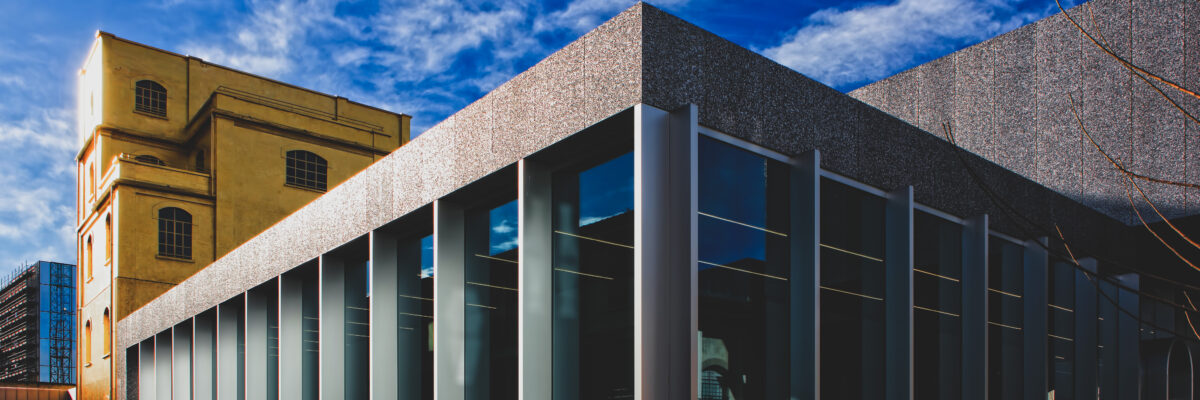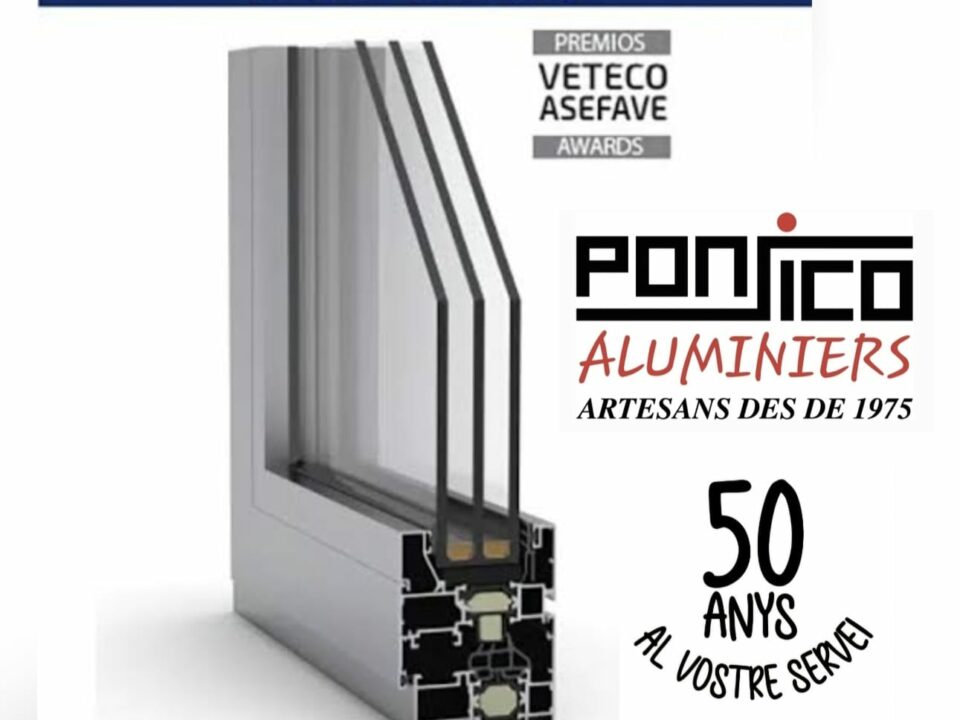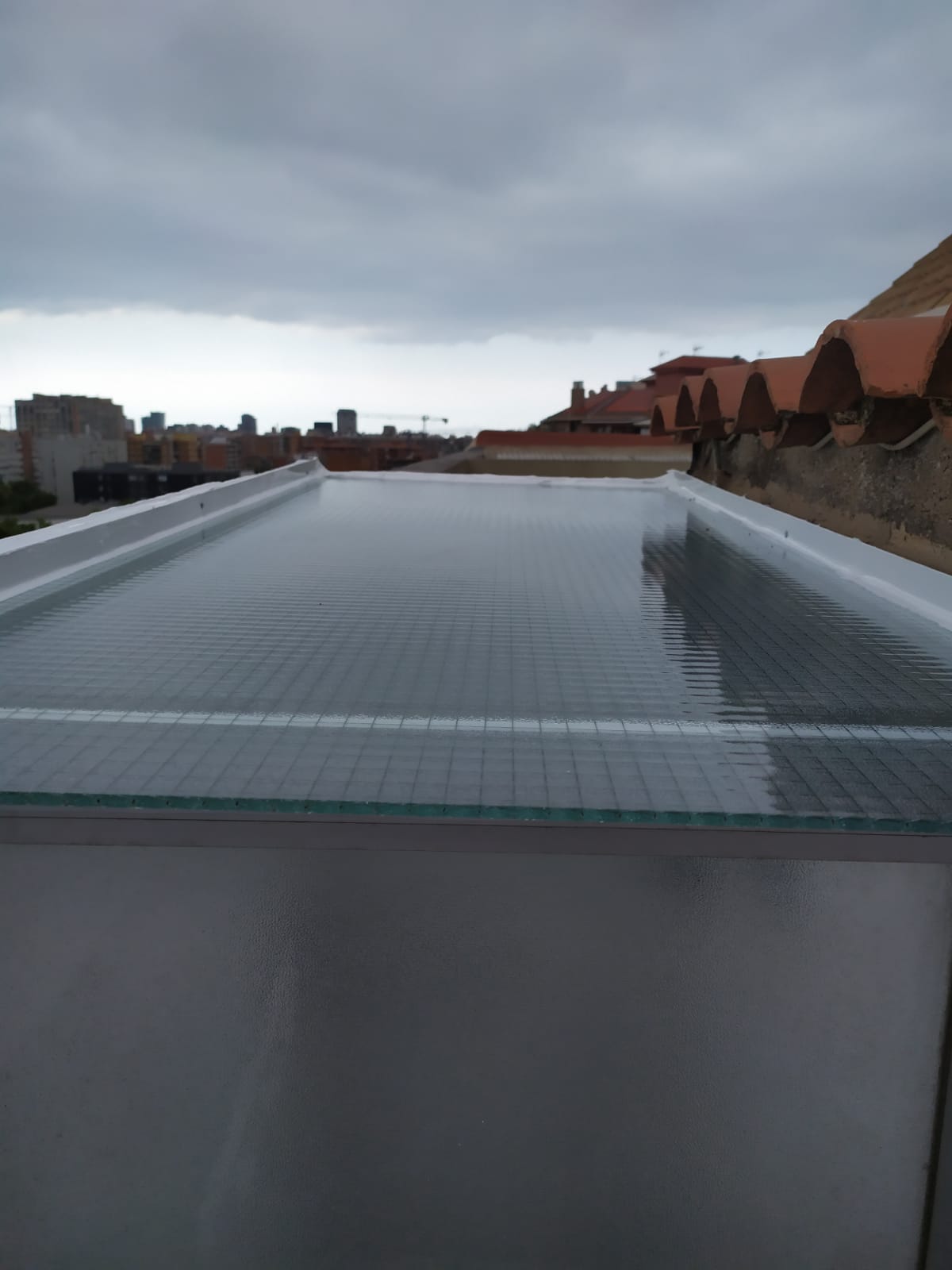
Roof of reinforced glass
16 October, 2020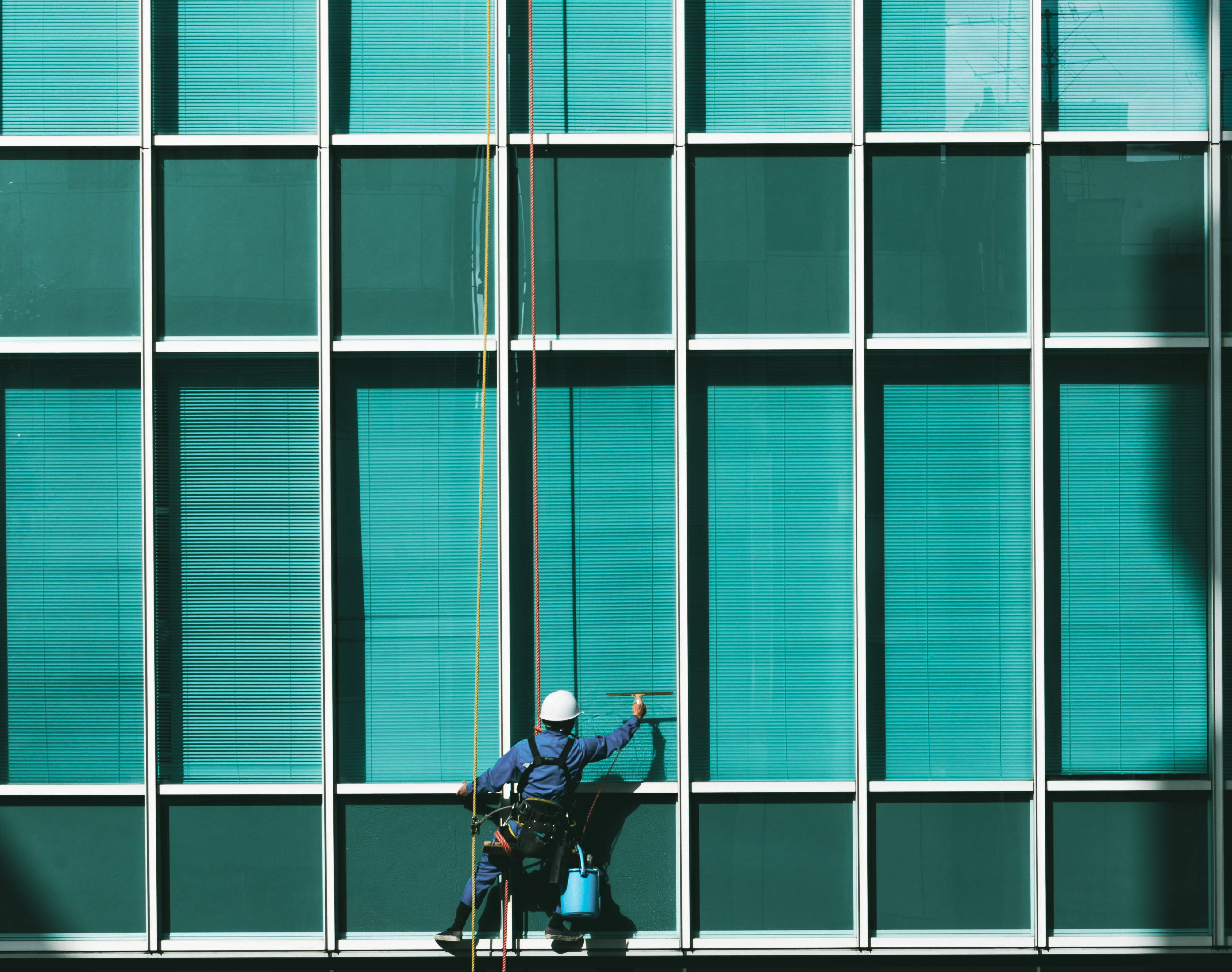
Tips on how to clean aluminum windows
16 October, 2020What are the benefits of aluminum for sliding doors, front doors and windows?
Aluminum doors and windows have gained popularity over the past two decades. For a long time people have had the perception that aluminum was only available in one color, silver, being used more in commercial buildings than residential properties.
Now, with new developments in manufacturing, fabrication and coating, aluminum doors and windows have advanced by leaps and bounds in recent years. Aluminum is now thinner, more thermally efficient and comes in an almost unlimited number of colors.
As you will read in the following comparison between: Aluminum, PVC and wood for doors and windows, aluminum has a lot of advantages over the other two materials in terms of strength, resistance and colors.
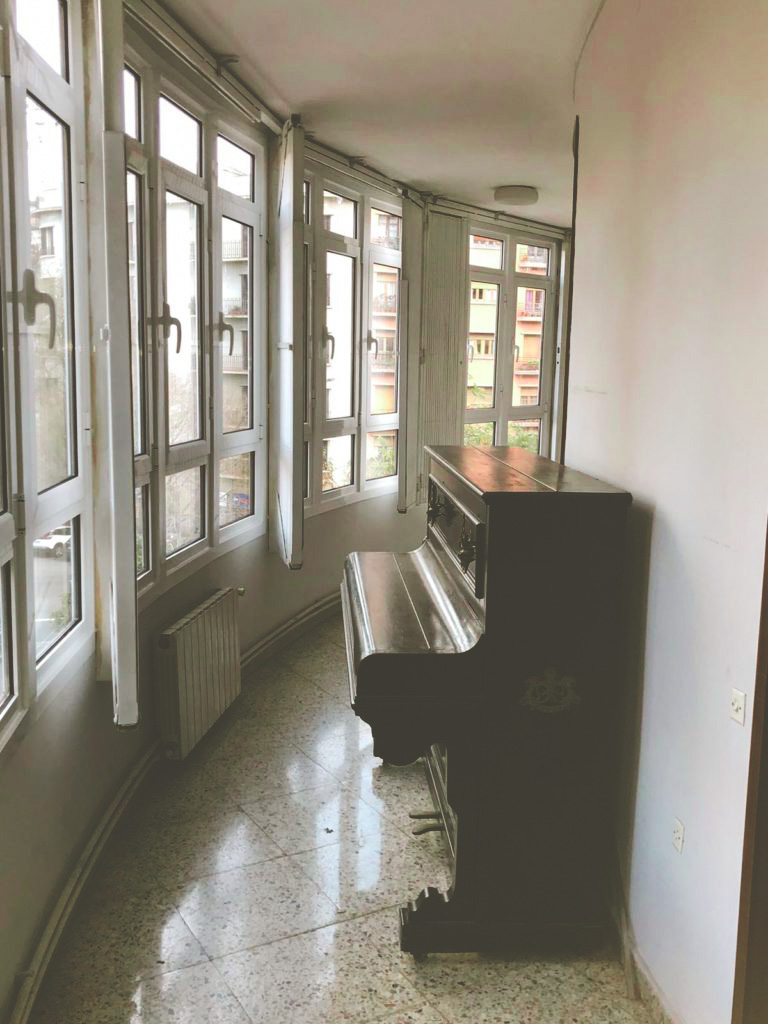
What are the main advantages of aluminium over PVC and wood?
Profile and resistance
Aluminium is the strongest of these materials and therefore aluminium products, such as sliding doors or windows, can be manufactured with a lighter and thinner frame profile, allowing more light to enter the property over large areas of glass.
The strength of aluminium as a frame material ensures that the frames remain resistant to bending, twisting, expanding and contracting with changing temperatures. Another benefit of the strength of metal is that it can be used to make forked doors for corner posts or gazebos, which wood or PVC would simply not be strong enough for.
The strength of wood can vary dramatically, as each door or window is composed of a number of different pieces of wood that are glued together with polyurethane. Engineered wood is much stronger but, despite this, even engineered wood can be prone to deformation if the frames absorb too much moisture or are exposed to sunlight for too long, leading to problems with leaking joints with thermal efficiency.
PVC doors offer similar resistance to wood and, like PVC doors, PVC can bend when exposed to extreme weather conditions. When large PVC frames are used, such as in the case of folding doors, variations in heat can cause the material to expand and contract, which can make it difficult to open, fold and close the doors.
Resistance to the elements and greater longevity
Aluminum has a high resistance to the exterior elements, with long lasting color finishes and even wood effect finishes. These can last 20-30 years looking like the first day and without the inconvenience of maintenance. PVC tends to fade and has a life span of about 15-20 years, although after 4-5 years it can start to look a little worn. With its added strength, aluminium is much less likely to deform or rot as a result, and it is also not likely to dent easily due to its high strength-to-weight ratio.
Maintenance
Aluminum doors and windows require the least maintenance by far compared to wood and PVC. Aluminium can be kept in optimum condition with very little maintenance, only a damp cloth when necessary and regular checking, to ensure that the track is kept free of gravel so that the doors and windows continue to operate smoothly. Aluminium doors and windows do not corrode, rot or deform and are resistant to sunlight discolouration, do not need to be repainted and keep their colour intact.
Wooden doors are the most demanding in terms of maintenance as they can appear worn out by time, especially if they are in the sun for longer. Wood will need to be repainted every few years to maintain its beauty and to ensure that doors and windows are completely sealed to prevent moisture from seeping into it.
PVC doors and windows are also relatively low-maintenance, but nevertheless tend to look worn out more quickly than aluminum, which maintains its aesthetics.
Thermal efficiency
Although the type of glass installed in sliding doors and windows has a great impact on their thermal efficiency, the frames also play their part.
Traditionally, aluminum frames have been associated with poor thermal efficiency since metal is a natural conductor rather than an insulator. However, for some time aluminum windows have had the famous RPT (Thermal Break). This break separates the aluminum frame into interior and exterior parts, joining the frame together with a less conductive material that resists heat transfer from the exterior face of the doors to the interior. This break acts as a thermal barrier, reducing the flow of thermal energy through the aluminum.
Wooden doors in cold weather are prone to shrinkage, which can cause tiny gaps between seals and can allow drafts to enter the house, making it feel colder inside. Of all materials, PVC generally has the lowest level of thermal efficiency, arriving only slightly behind wood.
Environmentally friendly
Aluminium is infinitely recyclable. In fact, 70% of all the aluminium that has been produced is still in use today. Recycled aluminium uses only 5% of the total energy used to produce it from raw materials. This helps to dramatically reduce its environmental impact.


